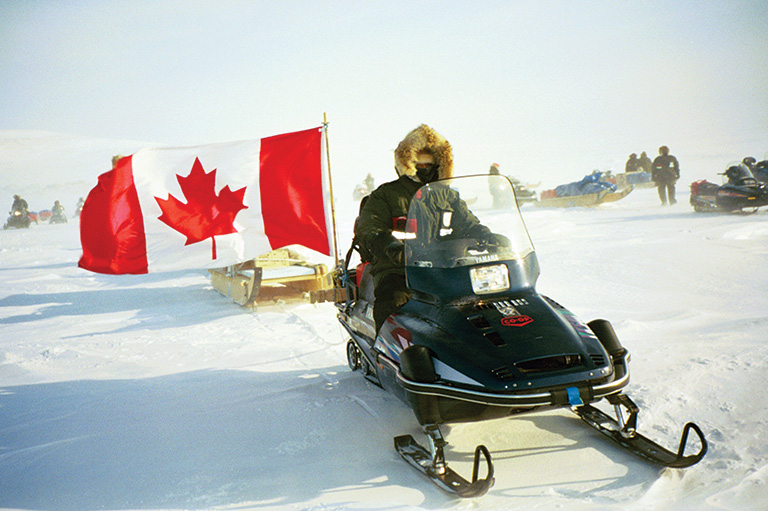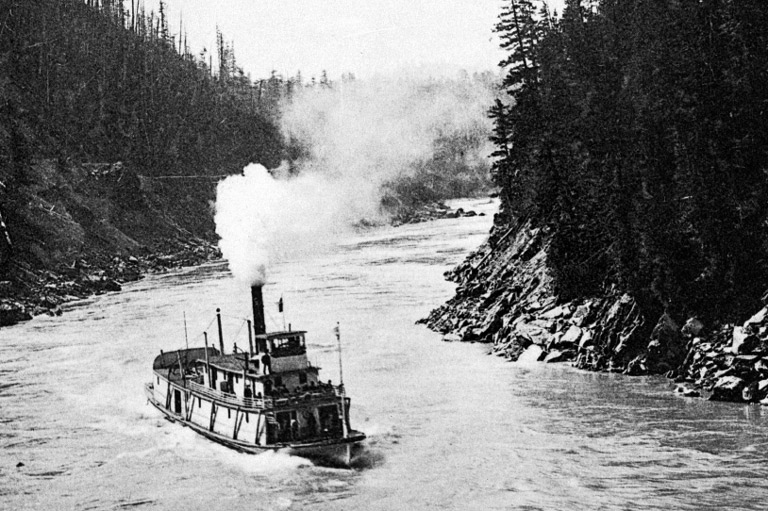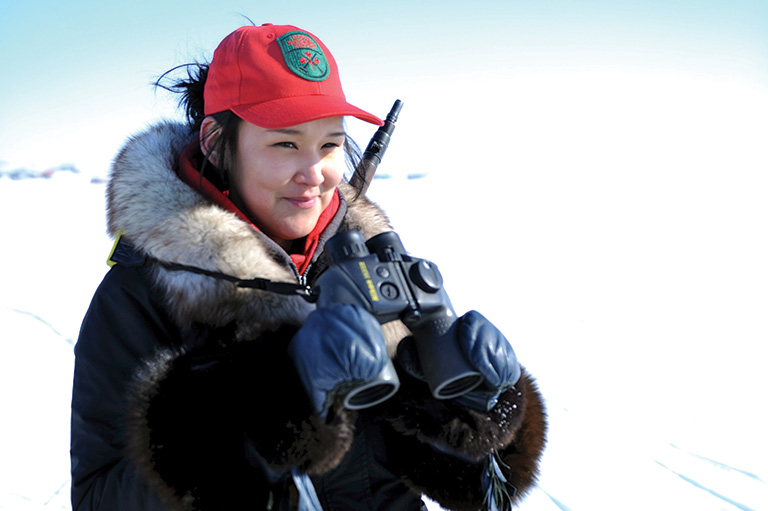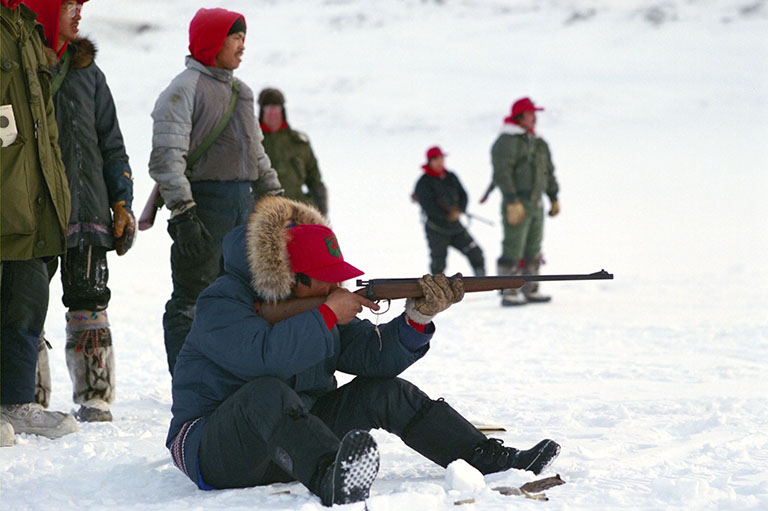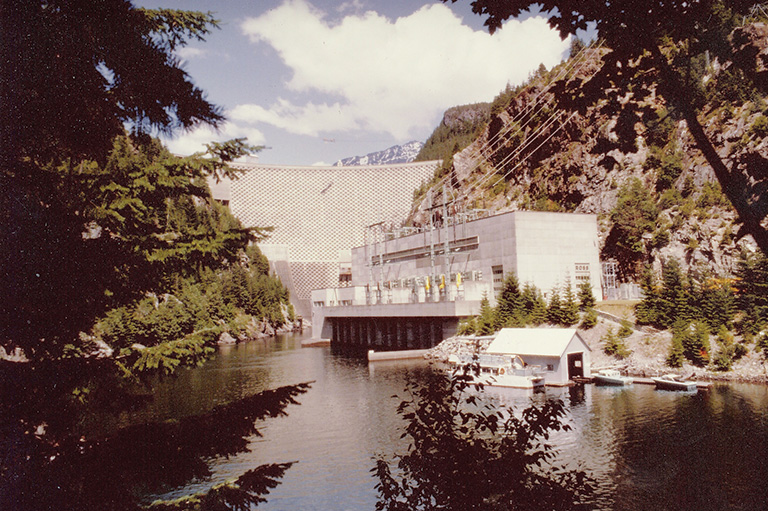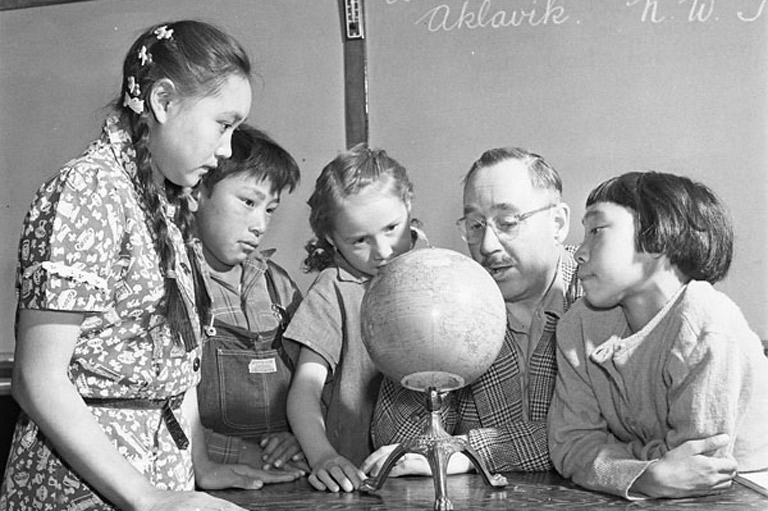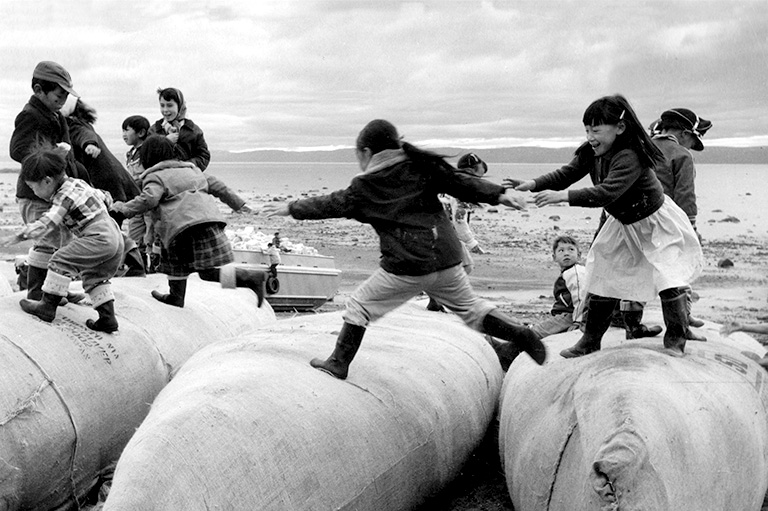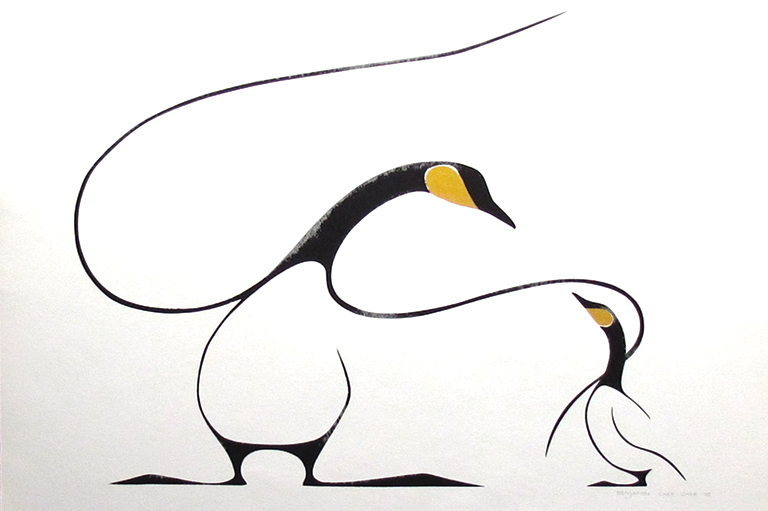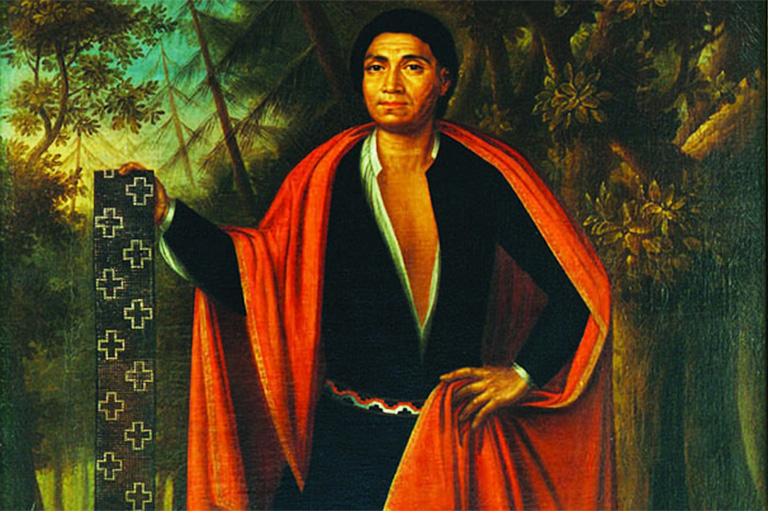Discover a wealth of interesting, entertaining and informative stories in each issue, delivered to you six times per year.
Arctic Ambitions
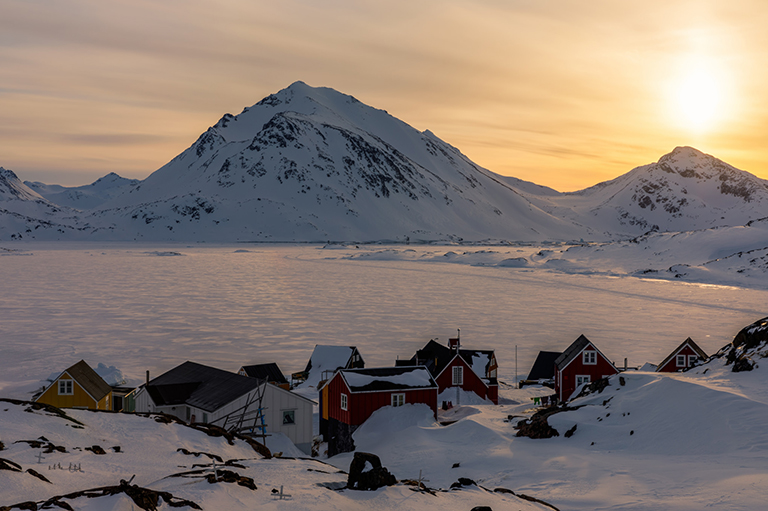
In 2013 Canada becomes the chair of the Arctic Council, an organization barely noticed at its birth in September 1996, when Canada was its founding chair. Opposed by the United States, underfunded, without a permanent secretariat, and lacking terms of reference and rules of procedure, the Arctic Council limped into existence.
Today it is the principal forum in which the eight Arctic states interact and plan the increasingly important future of the Arctic.
Three principal factors converged to form the Arctic Council: firstly, the emergence of co-operation, autonomy, and assertiveness among the Indigenous peoples of the North, particularly the Inuit; secondly, the greater concern for the environment and the understanding that the Arctic had a particular significance in global climate change and that Arctic peoples were subject to persistent organic pollutants from distant places; and, above all, the end of the Cold War, which had made the Arctic one of the most militarized areas in the world.
In the 1950s the government of Canada asserted its sovereign authority by removing Inuit families from their homes in northern Quebec and resettling them in the High Arctic. By the 1970s, such actions were unthinkable.
Articulate leaders appeared among the Inuit and expressed demands that their voices be heeded when their future was being decided. As part of the so-called “rights revolution” of the 1970s, governments responded more willingly to Indigenous demands. The massive James Bay project in northern Quebec, for example, led to a land claim settlement with the Cree and Inuit of northern Quebec.
The Makivik Corporation was formed from proceeds of the James Bay and Northern Quebec Agreement. It soon became a training ground for leaders such as Mary Simon, Canada’s first Arctic ambassador. Before her appointment as ambassador in 1994, she had been the president of the Inuit Circumpolar Council (ICC), which was formed in 1977 to link together Inuit in Alaska, Canada, and Greenland.
Although the ICC often quarrelled with international environmental NGOs that advocated animal welfare, it strongly urged greater attention to environmental concerns, especially in the 1980s, when it became clear that pollution was a major concern in the North American Arctic. Simultaneously, Scandinavians worried about the impact of decrepit Soviet nuclear plants as demonstrated by the Chernobyl disaster and the many nuclear submarines in nearby waters.
On October 2, 1987, the dynamic new Soviet leader Mikhail Gorbachev responded to these fears and offered new hopes for the Arctic. In Murmansk, U.S.S.R., the largest Arctic city, he gave a remarkable speech that confronted not only the environmental challenges but also growing Arctic militarization. He called for joint action by Arctic nations to deal with the sensitive Arctic environment and for the creation of a “zone of peace” in the North.
The initial response was indifferent, except for the Finns, who immediately grasped the offer of environmental co-operation. The Canadians, who had just issued a hawkish White Paper on defence that called for strengthening the Canadian military and purchasing of nuclear submarines for Arctic patrol, brushed off Gorbachev’s proposals.
But Canadian peace activists, Arctic scholars, and Indigenous activists disagreed with their government’s stand. With funding from the Walter & Duncan Gordon Foundation, several leading political and academic figures organized an Arctic Council Panel to promote an Arctic nuclear-free zone and to create a consultative and co-operative body among Arctic states. University of Toronto academic Franklyn Griffiths and Inuit leader Rosemarie Kuptana became the panel’s co-chairs.
The end of the Cold War in 1989–90 shattered the structures that had enclosed international politics and freed the Arctic from the constraints placed upon it by superpower confrontation. The Canadian government found its international policy, especially in the area of defence and the Arctic, totally confused at a moment when the recently re-elected Prime Minister Brian Mulroney was eager to step onto the international stage.

When the Berlin Wall fell in November 1989, the Canadian plan to build nuclear submarines for the Arctic quickly died. Moreover, the Soviet Union and Canada shared the largest Arctic shorelines and passages across the North.
External Affairs now believed Gorbachev’s proposals required a response, and External Affairs Minister Joe Clark prepared to make a historic speech calling for the creation of an Arctic council to bring together Arctic states to deal with the region’s political, environmental, social, and security problems. Then Mulroney travelled to Leningrad and proposed the formation of an Arctic Council on November 24, 1989.
But the idea did not catch fire. The Soviet Union began to fall apart, Gorbachev was fatally weakened, and the United States would have nothing to do with Mulroney’s proposal, which envisaged a role for the new council in security questions. As the superpowers stepped away from the stage, smaller states remained active, as did NGOs, which in the early 1990s rushed to fill political vacuums.
The Finns, horrified by the nuclear waste and environmental threats posed by the collapse of the Soviet Union, took the lead in promoting an “Arctic Environmental Protection Strategy” (AEPS), which was formally recognized at Rovaniemi, Finland, in June 1991 by Canada, Denmark/Greenland, Russia, Norway, the United States, Finland, Sweden, and Iceland.
The AEPS, as the name suggests, was focused on the environment — the Americans remained adamantly opposed to any security component — and initially had four working groups: the Arctic Monitoring and Assessment Program; Conservation of Arctic Flora and Fauna; Protection of the Arctic Marine Environment; and Emergency, Prevention, Preparedness and Response.
Importantly, the AEPS involved the participation of Indigenous peoples, who were declared “permanent participants.” They took part in meetings and working groups and were excluded only from meetings of heads of delegations. The initial permanent participants were the Inuit Circumpolar Council, the Saami peoples of Scandinavia, and representatives of Russian Indigenous peoples.
The AEPS lacked financial resources and, more importantly, political clout. Accordingly, the post-Cold War environment continued to promote attempts to establish broader co-operation across the Arctic.
During the so-called “Finnish Initiative” to create an environmental forum, Canada continued to advance the idea of an Arctic council. In the early 1990s, a new concept of human security emerged. It was vague in details but essentially argued that security must go beyond state-centric visions. In other words, states faced limitations on what they could do within their own boundaries and in the treatment of their own people.
The argument appealed strongly to Indigenous peoples, especially in the Arctic. The AEPS, at Canada’s suggestion, incorporated a sustainable development component in 1993, and it linked easily with the human security initiatives undertaken by Lloyd Axworthy after he became Canada’s foreign minister in 1996.
But the idea of an Arctic council met much resistance, especially from the United States, which wanted to limit the role of the permanent participants of the AEPS and to exclude any discussion of security. The renewed Canadian attempt to put together a new council stumbled.
A frustrated Mary Simon, as Canada’s Arctic ambassador, asked the other states if they would form a council if the United States refused to join. The answer was no. Turning to personal diplomacy, Prime Minister Jean Chrétien finally persuaded President Bill Clinton to give American support for the council, and it was officially created in Ottawa in September 1996.
The New York Times did not note the occasion, and Canadian coverage was mostly restricted to a brief Canadian Press report. There was much left undone. The working groups of the AEPS continued and formed the core of the new council. The permanent participants maintained their presence at the council table, although their precise role was the topic of angry debate. There were no terms of reference and no working plan.
While some, including Canada, wanted the council to set out a definite program, one that would gain intellectual coherence through a focus on sustainable development, the United States favoured a more limited vision of individual projects and questioned the Canadian definition of sustainable development.
There was also controversy about the place of observers; the permanent participants were especially wary of environmental NGOs. Simon, the first chair, would face these enormous challenges.
Not surprisingly, expectations were modest. Only three people worked directly for the new council’s secretariat in offices, which were located in Vanier, an outlying neighbourhood of Ottawa located far from the capital’s centres of power. When Canada passed the chair position to the United States after its term ended in 1998, the council’s fate seemed much in doubt.
The working groups continued valuable scientific research, issued reports, and despaired when politicians did not respond. Ministers avoided council meetings, officials dominated decision-making, and the Indigenous peoples found the costs of participation greater than their resources.
At the beginning of the new millennium, the Arctic Council was on the sidelines, a disappointment to its promoters and an irritant to some officials eager to work on matters they thought were more significant.
The Arctic Council, nevertheless, began to prove its worth. It took a lead in the research on persistent organic pollutants, and the importance of collaboration between scientists and Indigenous populations became clear. Its influence was apparent in the 2001 Stockholm Convention on Persistent Organic Pollutants.
In 2004, the presentation of the Arctic Climate Impact Assessment had an even greater impact, and the assessment’s conclusions about the broader global impact of a warming Arctic profoundly affected popular and scientific debate. Suddenly, the Arctic mattered; by the decade’s end the Arctic was “hot.”
On March 29, 2010, Hillary Clinton emerged from a meeting room at Meech Lake, north of Ottawa. The first American secretary of state to attend an Arctic Council meeting, Clinton condemned the Canadian government for convening a gathering of the five Arctic coastal states rather than the full Arctic Council, which would have included Indigenous peoples and Iceland, Sweden, and Finland.
She sternly rebuked her Canadian hosts by declaring, “significant international discussions on Arctic issues should include those who have legitimate interests in the region.”
In an echo of Canadian arguments of the mid-1990s, Clinton added, “I hope the Arctic will always showcase our ability to work together, not create new divisions.”
Where Bill Clinton’s administration had been skeptical about the Arctic Council, Secretary of State Hillary Clinton was an eloquent advocate of its purposes. Ironically, the Conservative Canadian government under Stephen Harper initially seemed dubious about the council, perhaps because of its origins in Liberal human security diplomacy. Recently, its attitude has changed, and it has become a strong promoter.
Whatever the cause of its earlier hesitations, the Harper government now recognizes the importance of the Arctic Council to Canada’s international interests. Indeed, it points out — correctly — that the Conservatives under Mulroney made the first international proposal for such a council.
Canada is making the Arctic Council the core of its approach to the Arctic and will assume the chair in 2013 with Minister of Health Leona Aglukkaq as the head of the council. With Arctic ice melting, a rush to exploit resources developing, and a world turning towards the North as never before, the Arctic Council promises to have a future far more important than its founders could ever have imagined.
We hope you will help us continue to share fascinating stories about Canada’s past.
We highlight our nation’s diverse past by telling stories that illuminate the people, places, and events that unite us as Canadians, and by making those stories accessible to everyone through our free online content.
Canada’s History is a registered charity that depends on contributions from readers like you to share inspiring and informative stories with students and citizens of all ages — award-winning stories written by Canada’s top historians, authors, journalists, and history enthusiasts.
Any amount helps, or better yet, start a monthly donation today. Your support makes all the difference. Thank you!
Themes associated with this article
Sponsored by
This article, prepared for Canada’s History, is part of a four-part series on environmental history generously sponsored by the Walter & Duncan Gordon Foundation.
You might also like...

Canada’s History Archive, featuring The Beaver, is now available for your browsing and searching pleasure!

Beautiful woven all-silk necktie — burgundy with small silver beaver images throughout. Made exclusively for Canada's History.


